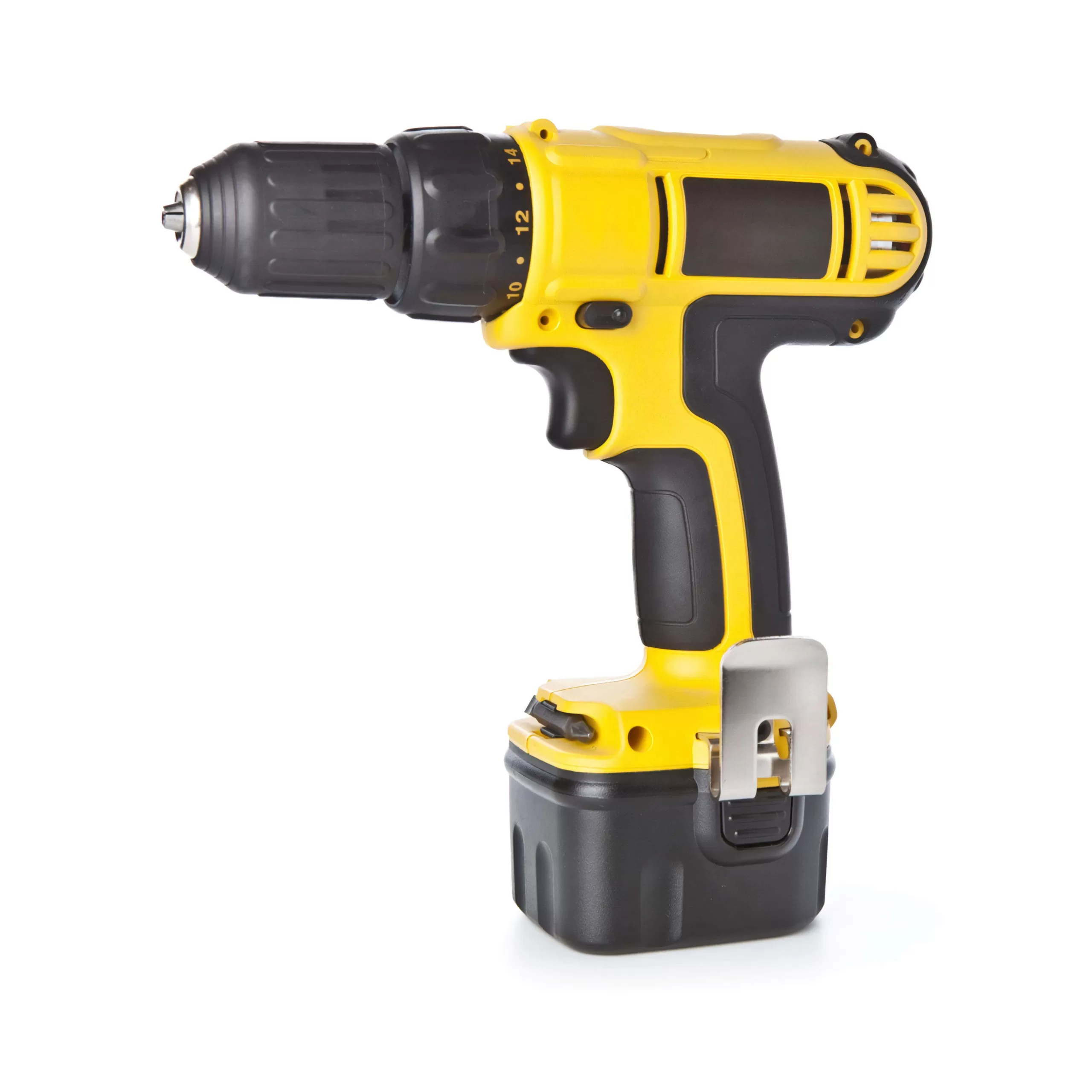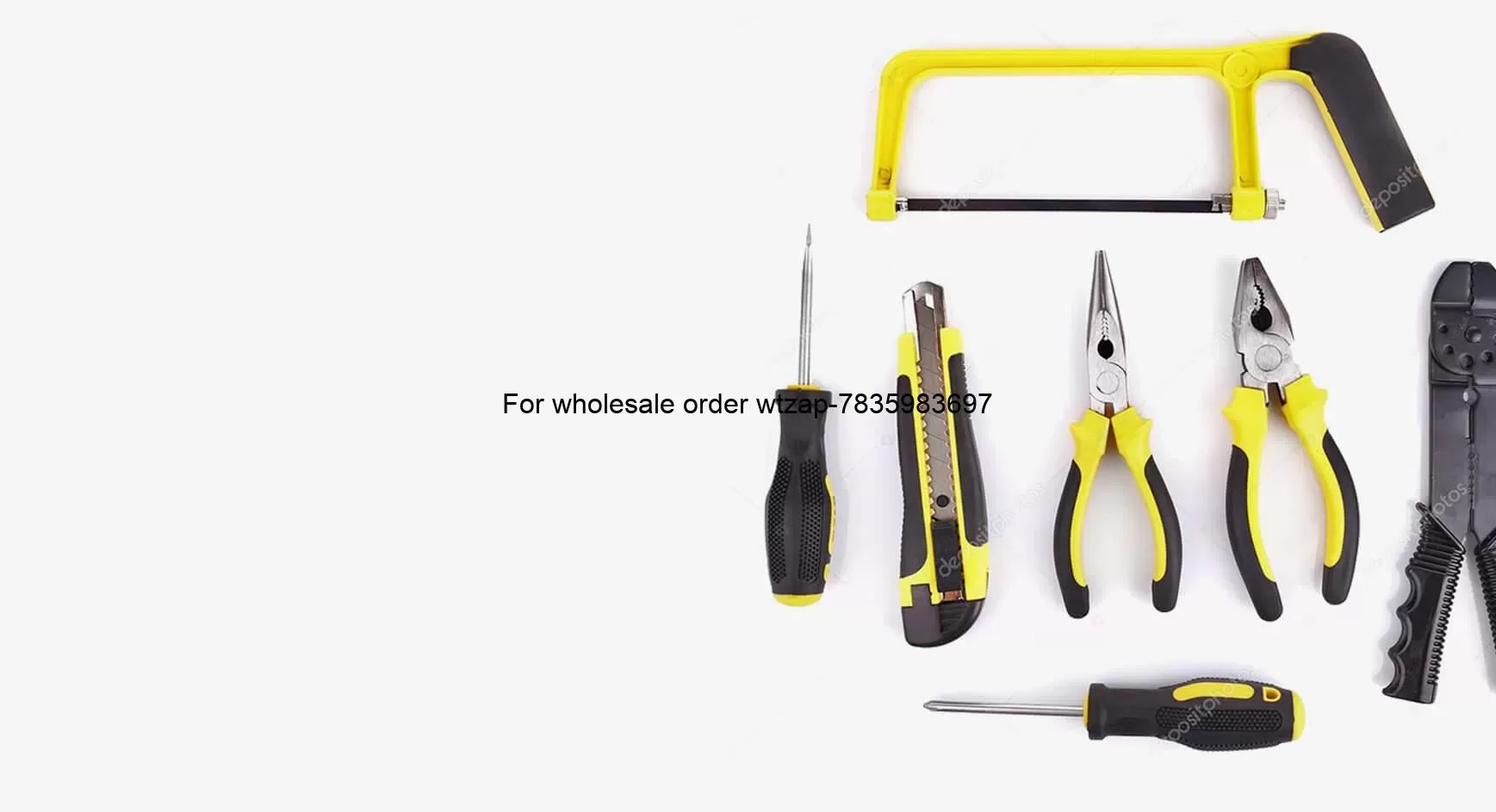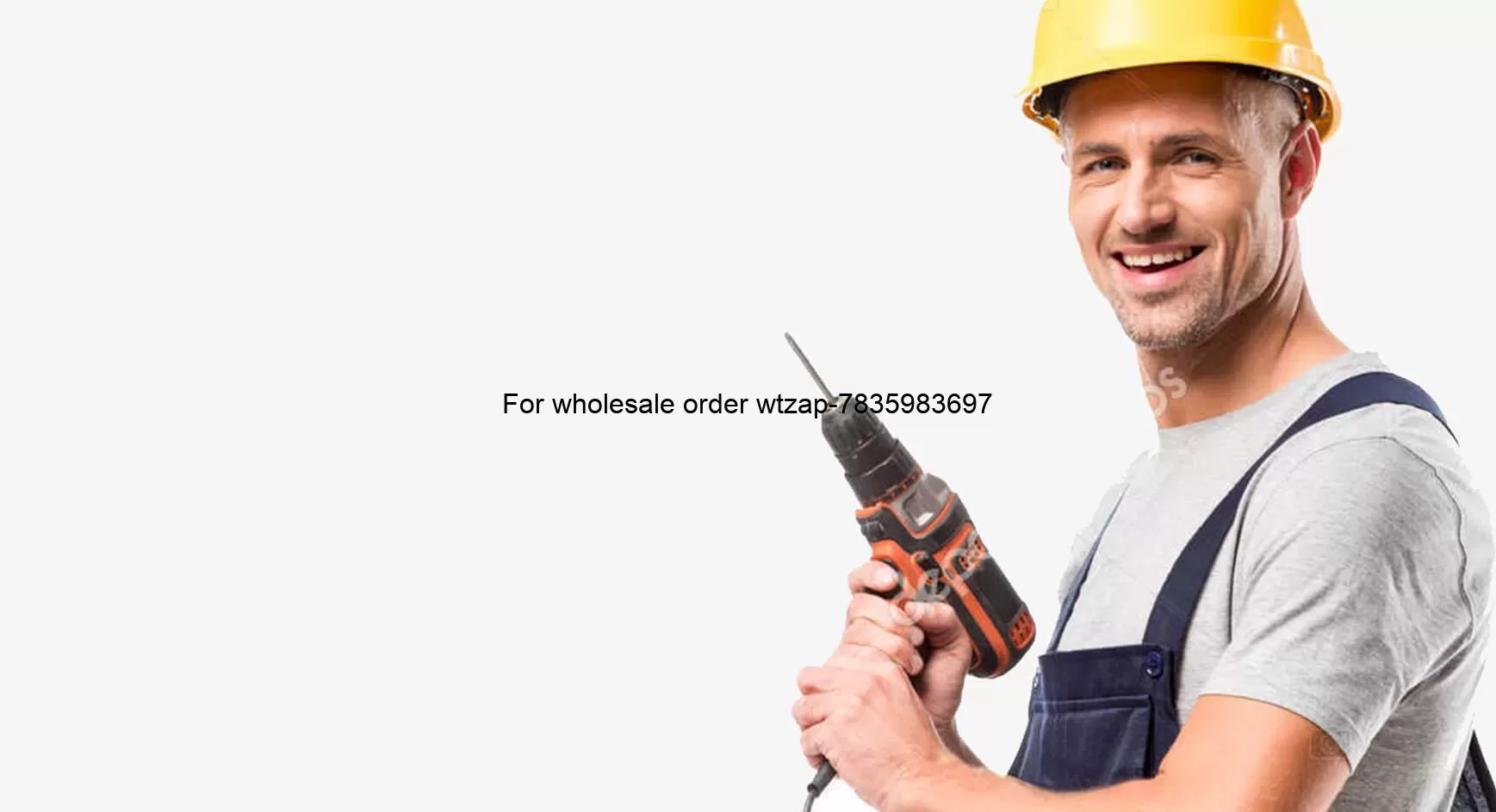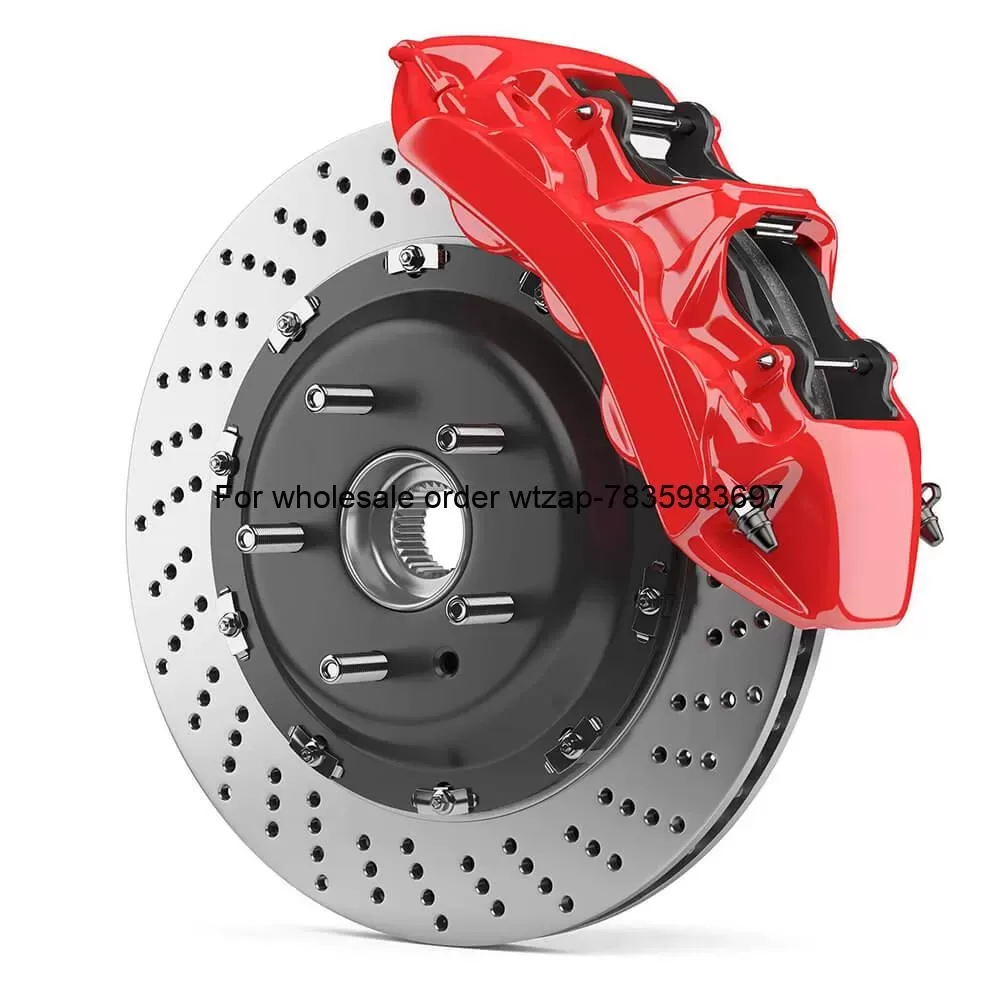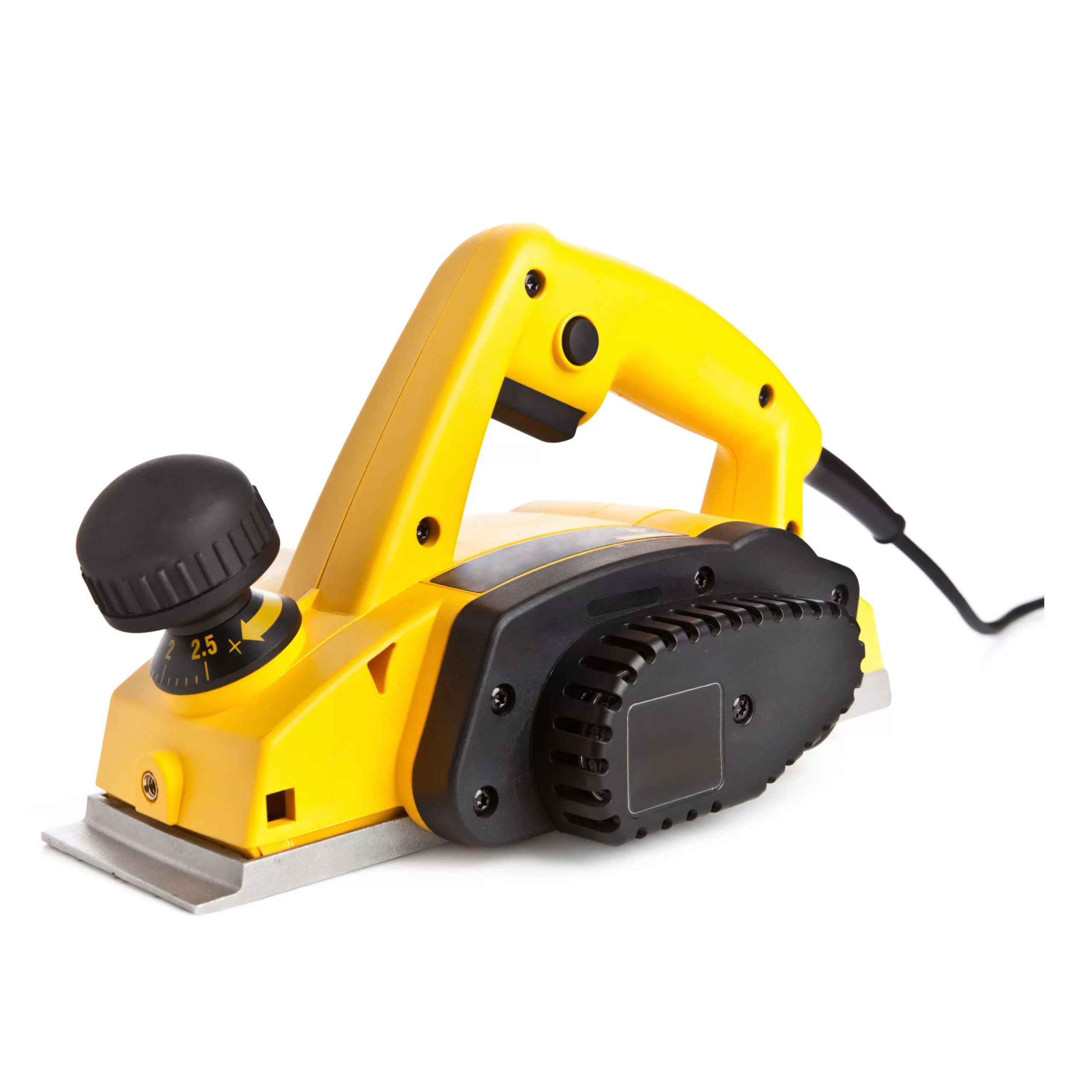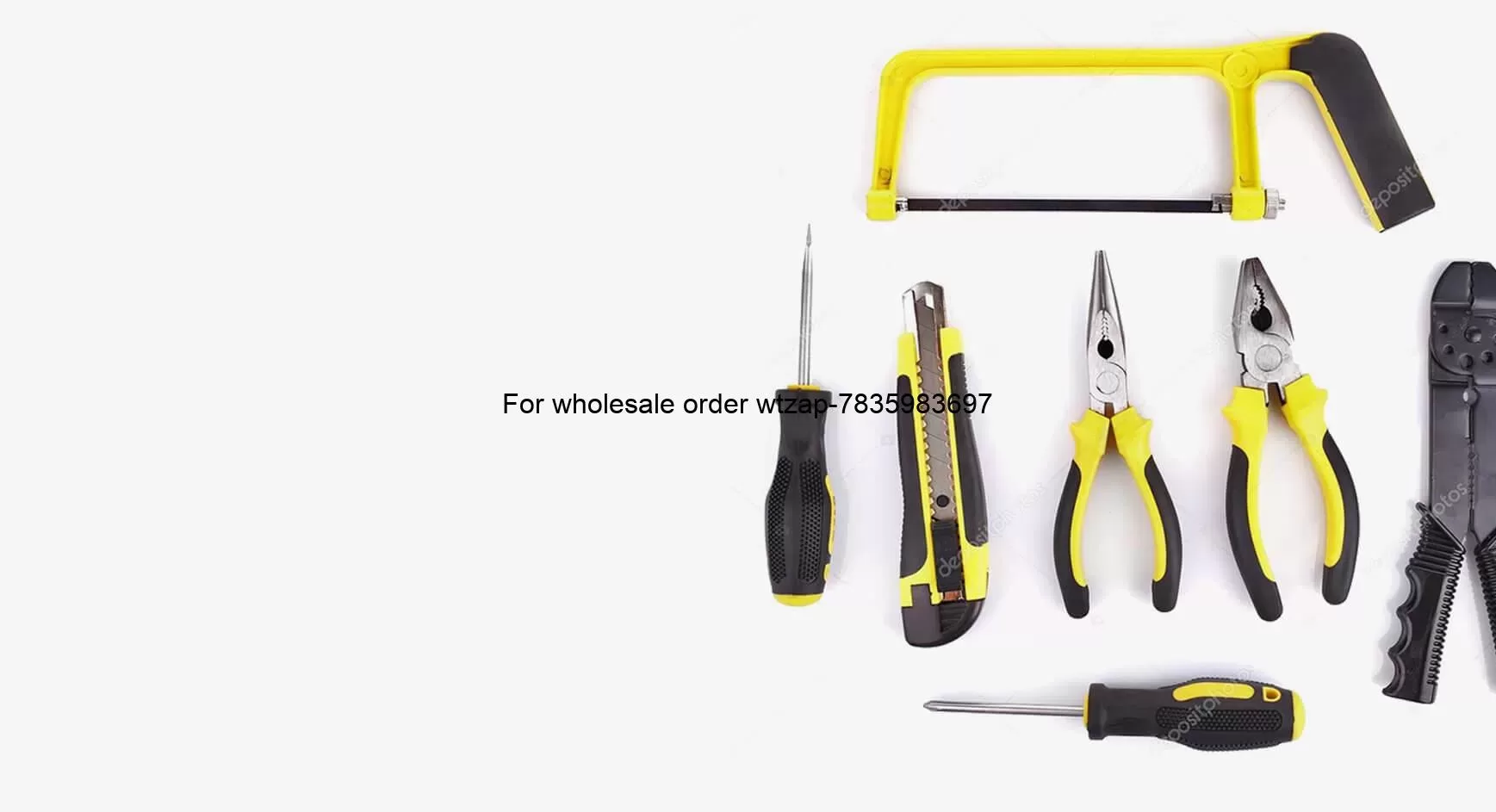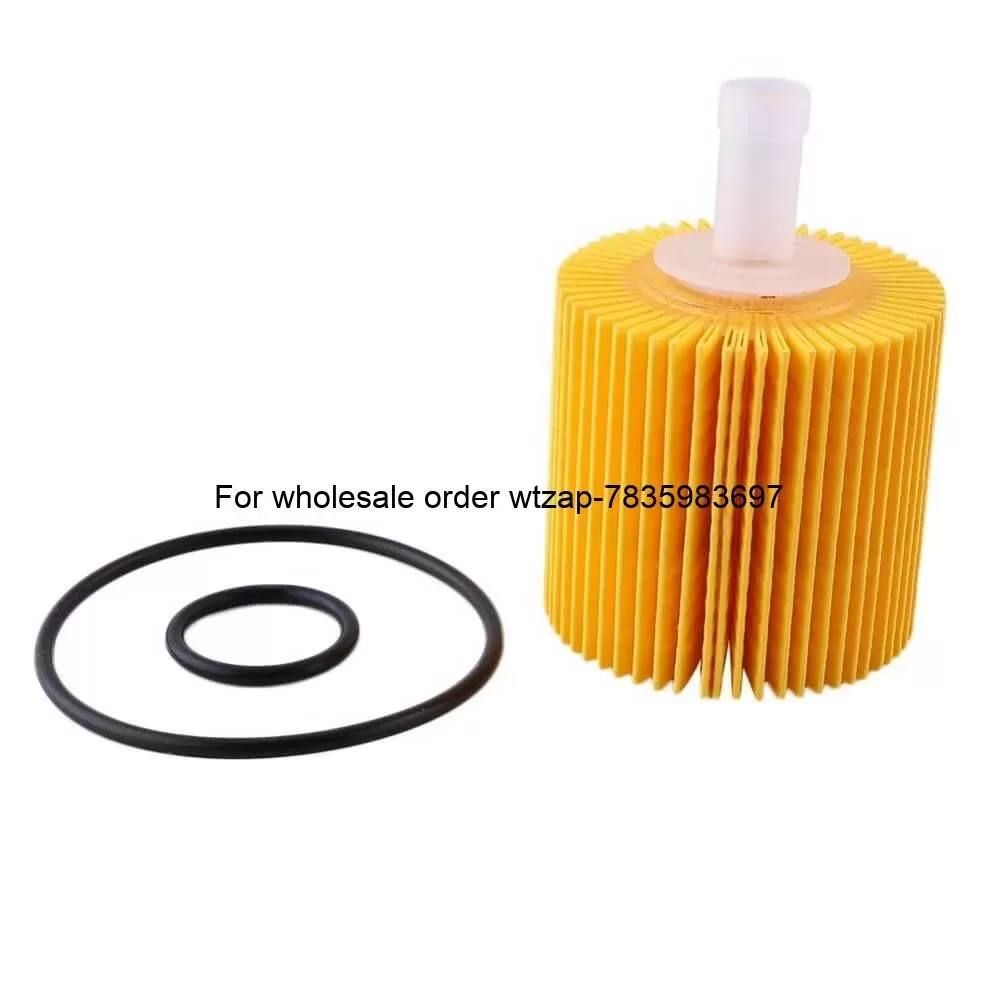Brake Parts
Two-Wheeler Brake Parts: Ensuring Safe and Smooth Stops
Your two-wheeler’s brakes are undeniably one of the most crucial safety features. They allow you to control your speed and come to a complete stop safely. Here’s a breakdown of the key two-wheeler brake parts and their functions:
Disc Brake System (Common in Motorcycles):
- Brake Disc (Rotor): A circular metal disc attached to the wheel hub. Friction between the disc and brake pads slows down the wheel.
- Brake Caliper: A housing that squeezes the brake pads against the disc when the brake lever is squeezed.
- Brake Pads: These consumable parts make direct contact with the disc, generating friction for stopping power. They wear down over time and need periodic replacement.
- Brake Lever: The lever on the handlebar that you squeeze to activate the braking system.
- Brake Master Cylinder: Converts the force applied on the brake lever into hydraulic pressure.
- Brake Fluid: An incompressible hydraulic fluid that transmits the pressure from the master cylinder to the caliper.
Drum Brake System (Common in Scooters and some Motorcycles):
- Brake Drum: A cylindrical metal housing attached to the wheel hub. The brake shoes expand inside the drum to create friction and slow down the wheel.
- Brake Shoes: Similar to pads in a disc system, these crescent-shaped parts press against the inner surface of the drum when the brake lever is activated.
- Brake Lever: Functions similarly to the disc brake system.
- Brake Cam: A mechanism that converts the pull from the brake cable into a force that pushes the brake shoes outward.
- Brake Cable: Transmits the force applied on the brake lever to the brake cam in the drum brake system.
Maintaining Your Two-Wheeler’s Brakes:
- Regularly inspect your brake pads/shoes for wear and tear. Replace them when they reach the manufacturer’s recommended minimum thickness.
- Ensure your brake fluid level is topped up with the correct type of fluid.
- Have your brakes checked by a qualified mechanic periodically for proper functionality and adjustment.
Investing in quality brake parts and proper maintenance is essential for safe riding. By understanding the different components and their roles, you can ensure your two-wheeler stops smoothly and predictably whenever you need it to.
Showing all 5 resultsSorted by latest
-
Brake Parts
All Weather Terrain Braker AS/PRO
All Weather Terrain Braker AS/PRO We are a Design custom solutions team that aims at providing widest range of quality accessories for All Indian Motorcycles and household decor.Part is made up of high quality material have high visibility and transparency.Particular Part is perfectly interchangeable with Title mentioned Bike.Kindly connect with Eamzn.in-customer care after placing order.Particular brand is a niche brand offering premium quality parts and accessories for motorcycles.
(0 reviews) -
Brake Parts
All Weather Terrain Braker AS/PRO
Pellentesque habitant morbi tristique senectus et netus et malesuada fames ac turpis egestas. Vestibulum tortor quam, feugiat vitae, ultricies eget, tempor sit amet, ante. Donec eu libero sit amet quam egestas semper. Aenean ultricies mi vitae est. Mauris placerat eleifend leo.
(2 reviews) -
Air Intake Systems
Braking Blocks (Maintenance Kit)
Braking Blocks (Maintenance Kit) We are a Design custom solutions team that aims at providing widest range of quality accessories for All Indian Motorcycles and household decor.Part is made up of high quality material have high visibility and transparency.Particular Part is perfectly interchangeable with Title mentioned Bike.Kindly connect with Eamzn.in-customer care after placing order.Particular brand is a niche brand offering premium quality parts and accessories for motorcycles.
(0 reviews)₹65.00 Select options This product has multiple variants. The options may be chosen on the product page -
Brake Parts
Engine Maintenance Kit (3 in 1 Regular kit)
Pellentesque habitant morbi tristique senectus et netus et malesuada fames ac turpis egestas. Vestibulum tortor quam, feugiat vitae, ultricies eget, tempor sit amet, ante. Donec eu libero sit amet quam egestas semper. Aenean ultricies mi vitae est. Mauris placerat eleifend leo.
(3 reviews) -
Brake Parts
Season Maintenance Kit (with Indoor Filter)
Pellentesque habitant morbi tristique senectus et netus et malesuada fames ac turpis egestas. Vestibulum tortor quam, feugiat vitae, ultricies eget, tempor sit amet, ante. Donec eu libero sit amet quam egestas semper. Aenean ultricies mi vitae est. Mauris placerat eleifend leo.
(1 review)


